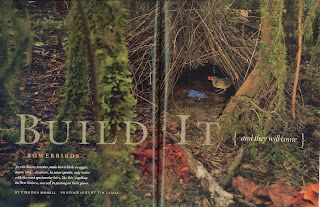
This is a project I did for my Performance, Collaboration and Poetry Class taught by Kazim Ali.
A few notes:
. it is in Oberlin, OH
. the fabric was dyed by black walnut die
. the other is corn silk
. those pods were found earlier in the semester in the arb
. the last two notes/poems were from Self-Portrait at 21 Years (the first of those two is lifted from James Wright)
. the photos were taken by Sam Bass (a gem)
Also, around 2:30am on December 20 I realized a couple of mistakes in the slideshow. They are now fixed.























